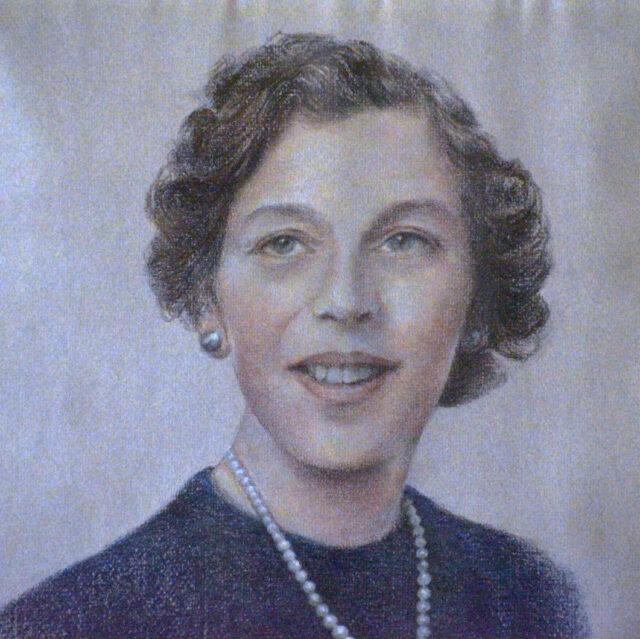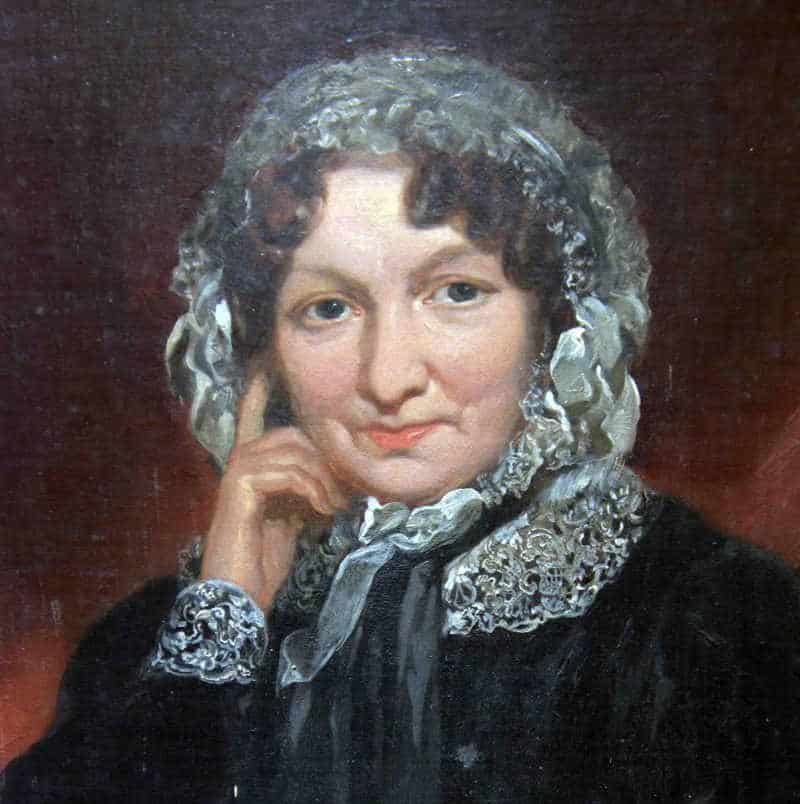Clan Hunter Timeline
Home \ Discover Our History \ Clan Hunter Timeline
Clan Hunter Timeline
Follow the Clan Hunter Timeline through the ages.
Madam Pauline Natalie Hunter became the 30th Chief of Clan Hunter she has been most active in the promotion of Clan Hunter worldwide. She is our fifth female Clan Chief.
Neil Hunter the 29th laird continued the conflict against the incursion of further industrialisation at Hunterston. Neil married Sonia Furlong of Gloucestershire in England and they had seven children, one daughter and six sons.
In February 1954, Eleanora Agnes Cochran-Patrick (Aunt Nora) matriculated Arms as the 28th laird. Hunterston passed across to the descendants of Jane Hunter’s sister.
The 27th laird, Lieutenant General Sir Aylmer Hunter-Weston, KCB, DSO, JP, DL, Member of Parliament to North Ayrshire married Grace Strang Steel of Philiphaugh, Selkirk in 1905. However, they had no children. Aylmer died in 1940 and Grace in 1954.
Jane married Gould Read Weston a career officer in the British Indian Army. In 1880 she obtained a Royal licence from Queen Victoria to assume the name and Arms of Hunter-Weston. They had two sons, Aylmer and Reginald.
Highland clearances drive people off the land to make way for sheep which sparks a Scottish diaspora.
The 25th laird, Robert was the last laird to be born in the Castle. He obtained a Royal Charter for the lands at Hunterston in 1829 and had two daughters, Jane and Eleanora.
Eleanora Helen Hunter became the 24th laird. Helen married her cousin Robert Caldwell a mariner and shipowner who assumed the surname of Hunter. They constructed Hunterston House and expanded the farmland by draining marshland around Hunterston Castle.
The 23rd laird, Robert Hunter married Janet Aitchison of Glasgow. Their two sons died young and two of their daughters were unmarried. Their third daughter, Eleonora succeeded her father on his death in 1796.
The Bank of Scotland is founded by an Act of the Scottish Parliament and the Darien expedition to Panama fails inflicting damage to the Scottish economy. Patrick, the 22nd laird married Marion Crawford and they had ten children.
As the 21st laird Patrick (II) had his title to the land ratified by King William II on 27th June 1698.
Robert, the 20th laird enters Glasgow University. Robert served in the Ayrshire Yeomanry and died in 1679.
Robert Huntar (III) the 18th laird had no children. The lairdship was passed through his sister Jean to her children in 1611. Diverting the inheritance through the female line explains the remarkable way the Hunters of Hunterston have maintained their unbroken history in Scotland.
Guy Fawkes is arrested during an attempt to blow up the English Parliament. As Lady Hunterston, Jean and her husband Patrick became co-heirs of Hunterston. Patrick is listed as the 19th laird but the inheritance came through his wife and her mother, both named Jean.
The 17th laird, Robert Hunter of Hunterstoune inherits as a minor. Later, he too fought beside Queen Mary at the Battle of Langside. He was a supporter of the Reformed Religion (Protestantism).
Mungo Hunter, the 16th laird is killed at Battle of Pinkie. Mungo added the external stairs and the Great Hall to Hunterston Castle.
The 14th laird, John Hunter, is killed Battle of Flodden Field alongside King James IV. The 15th Laird, Robert Huntar of Huntarstoune was a minor when his father fell.
13th laird, Archibald Huntar is recorded on the Exchequer Rolls of Scotland as having paid rent to the Crown confirming his position as Hereditary Keeper of the Royal Forests.
12th laird, William Huntar died while his son was a minor. His brother John, Hereditary Forrester became his guardian.
A grant of land is given to William Hunter 10th laird. The original Charter document remains at Hunterston to this day.
The 9th laird fought alongside King Robert the Bruce during the Wars of Scottish Independence against the English invaders whose defeat at Bannockburn is celebrated to this day.
The 7th laird would have been alive during the First Interregnum when Edward I of England “the Hammer of the Scots” makes John Balliol King of Scotland.
The 5th laird, Ardneil Huntar fought for King Alexander III of Scotland at the Battle of Largs, 6 miles from Hunterston. Scotland won this last battle against the Vikings on the British mainland.
The 8th laird, Aylmer le Huntar del Counte de Are (Ayr) of the county of Ayr appears on the Ragman Rolls submitting to Edward I of England at Berwick.
The 3rd laird, Venator (The Hunter) is named in charters during the reign of King Alexander II of Scotland.
The Hunters were among Norman nobles who came to Scotland by invitation of David I they received a Royal appointment to hunt for the King of Scotland.
William I “the Conqueror” invades England. He takes hostage four Scottish princes. One of these, David grew up in the Norman Court and became King David I of Scotland.
Ancestors of the Hunters were Norsemen who invaded Normandy under Rollo (later Duke of Normandy) and became Normans.
You can learn even more about the origins of the Clan Hunter on our Clan History page, or Wikipedia page.
Join the Clan Hunter Email List
Please enter your details to keep up-to-date with community events
DIRECTIONS
You will find us off the A78 just north of West Kilbride. Look for our driveway marked by stone pillars and "Hunterston Estate"
ADDRESS
Hunterston KA23 9QG
Telephone: 07980 209060
*This number is not continuously manned, so please do leave us a message.
OPENING TIMES AND ACCESS
Acccess to Hunterston Castle is strictly by appointment. Note that as a historic monument, wheel chair access is limited. More visitor information is available on our visitors page . Please email us to arrange a visit.







































